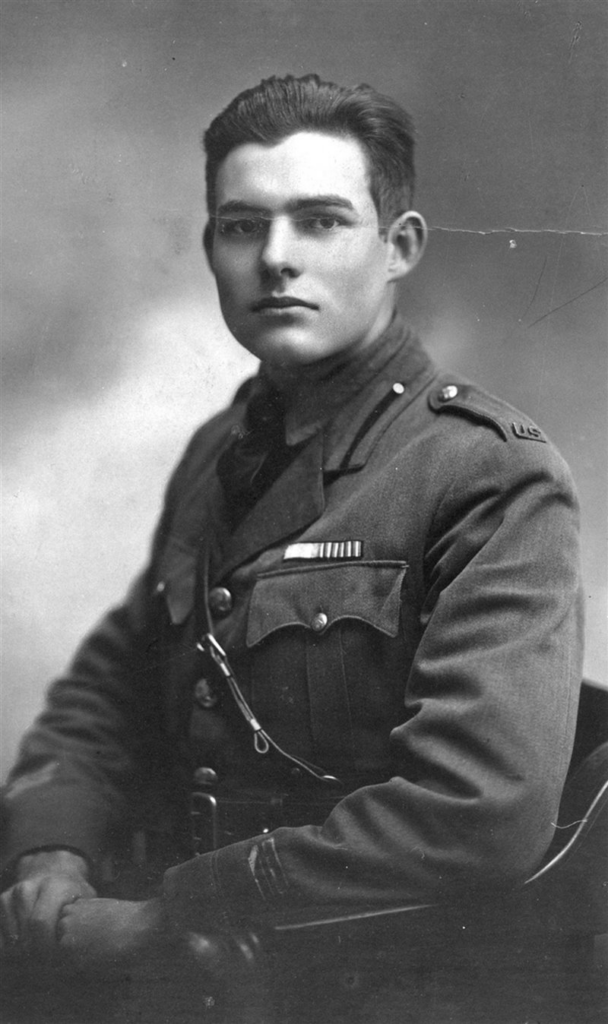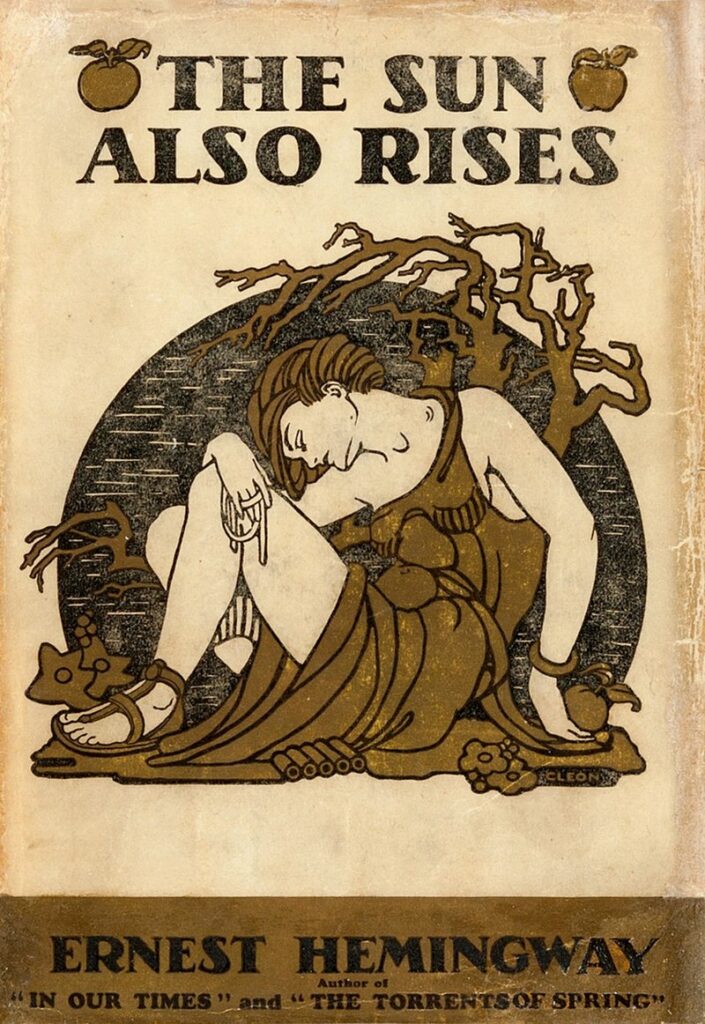Ernest Hemingway is certainly known for his relationship with wine and alcohol: anyone who has approached the reading of his works will have recognized in him a passionate or perhaps something more. Hemingway’s life was a concentrate of adventurous experiences in which travel, writing, and wine intertwine, giving life to a character who has marked the history of world literature.
Contents:
Ernest Hemingway’s life

Born in the suburbs of Chicago in 1899, Ernest was a child who loved stories and adventures, two elements that would always mark his life. At just 18 years old, he decided to leave the family home to begin a career in journalism. That same year, in 1917, with the United States’ entry into the First World War, he enlisted in the army as a volunteer and became a driver for the American Red Cross ambulances on the Italian front.
Since then, Europe remained in his heart: after the WWI, Hemingway became a correspondent from Europe for a Toronto newspaper and in Paris, where he resided, he met the whole group of expatriate American writers and began his literary career. Success came immediately, and his life became increasingly adventurous: he witnessed the revolution in Cuba, an island he fell in love with, and returned to Spain during the Civil War to report from the war front.
With The Old Man and the Sea, he won the Pulitzer Prize and the Nobel Prize, while he spent his last years writing stories about bullfighters, as if he were still that young reporter sent to Spain.
Wine in his works
In Ernest Hemingway ‘s stories, wine and alcohol represent two essential elements for narration and character creation. When alcoholic beverages appear, the reader can be sure to encounter a symbolic pretext to talk about friendship, masculinity, self-destruction, fun, or sensory pleasure.

Fiesta (The Sun Also Rises), the novel written during his Parisian years, is perhaps the most significant from this point of view. Just think that the word “wine” is mentioned more than 100 times, along with an wide list of names of liquors and specific brands of wines and champagne. It is a work largely autobiographical, whose protagonist, Hemingway’s alter ego, is an American correspondent in France who joins a group of American and English expatriates living in the French capital. There they will experience life’s adventures, culminating in a highly alcoholic week spent in Pamplona during the festival of San Fermín.
During the train journey from Paris to Pamplona, Jake, the protagonist, and his friend Bill have lunch while looking out the window at the flowery expanse of the countryside and drinking Chablis.
We ate the sandwiches and drank the Chablis and watched the country out of the window. The grain was just beginning to ripen and the fields were full of poppies. The pastureland was green, and there were fine trees, and sometimes big rivers and chateaux off in the trees.
In a scene from “Fiesta,” the character of Brett, the woman who has captivated the protagonist, invites him on a tour to Cannes trying to persuade him with “a dozen bottles of Mumm”.
At the end of the San Fermín festival week, after revelries, bullfights, and brawls, Jake finds himself alone in Pamplona and to return to his peace of mind, he decides to have a glass of Château-margaux.
I drank a bottle of wine for company. It was a Château Margaux. It was pleasant to be drinking slowly and to be tasting the wine and to be drinking alone. A bottle of wine was good company
Hemingway and wine in his private life
The ability to mention such a large quantity of wines and spirits stems from a profound love of these beverages, which, however, will lead him to various hospitalizations and illnesses due to addiction. However, there are two family episodes that link wine to the daily joys of Hemingway’s life.

A small excerpt from A Moveable Feast, a memoir published posthumously in 1964, tells of an episode in which, returning from a bookstore near their Paris home, his wife Hadley Richardson invites Ernest Hemingway for a walk along the Seine and then:
We’ll come home and eat here and we’ll have a lovely meal and drink Beaune from the co-operative you can see right out of the window there with the price of the Beaune on the window. And afterwards we’ll read and then go to bed and make love.
Finally, the author’s love for Bordeaux Château Margaux was so strong that he nicknamed his first granddaughter Margot Hemingway precisely Margaux.










